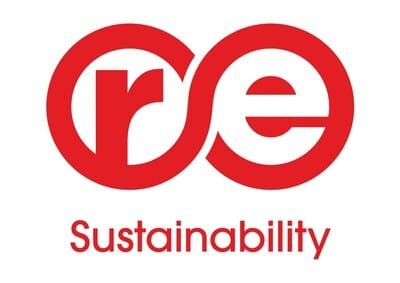Boost to infrastructure spending would kindle demand for infra-focused NBFCs
The public sector banks (PSBs) capital requirements would rise on account of the estimated Rs.23,000 crore Additional Tier I (AT-I) bonds where a call option would fall due next year, according to ICRA Ltd.
But ICRA expects the public banks to break even in a worst-case scenario as well with the possibility of a return on equity (RoE) of ~5% in a favourable scenario during FY2022, which means that their capital requirements will be lower because of the losses.
Hence, public banks will require capital not only for growth but also to replace these bonds to maintain their capital profiles, it said.
Factoring in the above two requirements, ICRA estimates the capital requirements for public banks to be negligible in a favourable scenario (RoE of 5%), but up to Rs. 43,000 crore in a worst-case scenario.
The appetite of investors towards the AT-I bonds of public banks has improved recently with more public banks issuing AT-I bonds in FY2021 compared to FY2020, said Anil Gupta, Vice President, Sector Head – Financial Sector Ratings, ICRA Ltd on Banking sector.
“If the banks can raise a part of the Rs.43,000 crore capital through AT-Is and market sources, it could reduce the Government of India’s recapitalisation burden for the coming fiscal. Though clarity is likely to emerge on this front only in H2 FY2022, ICRA expects the Government to allocate some quantum to the PSBs in the Budget itself (unlike last year when they made the announcement later) to provide some additional comfort to the markets,” Gupta said on 27 Jan 2021 while commenting on the Pre-Budget.
For the NBFCs (non-infra), extension of the RBI and Government-backed funding and guarantee schemes, which were rolled-out in the current fiscal, are likely to be key for the sector’s near-term liquidity.
Considering the moderate growth expectation of 7-9% in FY2022, it would also be critical to provide guidance on the medium-term support framework for the sector to boost investor confidence and for sustainable growth revival.
The expected boost to infrastructure spending would kindle demand for infra-focused NBFCs, however, most of these are Public Sector Units.
Establishment of institutions, which can extend long-term funding to these infra-NFBCs and also banks for infrastructure development would ensure adequate sectoral liquidity.
“Benefits and additional incentives for micro, small and medium enterprises (MSMEs) and tax-breaks to homebuyers and builders in the housing sector, especially affordable housing, would also augur well for the NBFC sector, which is expected to be faced with asset quality headwinds,” said Gupta.
Finance Minister Nirmala Sitharaman is to table the Budget for 2020-21 in parliament on 1 Feb 2021. #banking #Budget #financing #bonds #infrastructure #capital /fiinews.com









